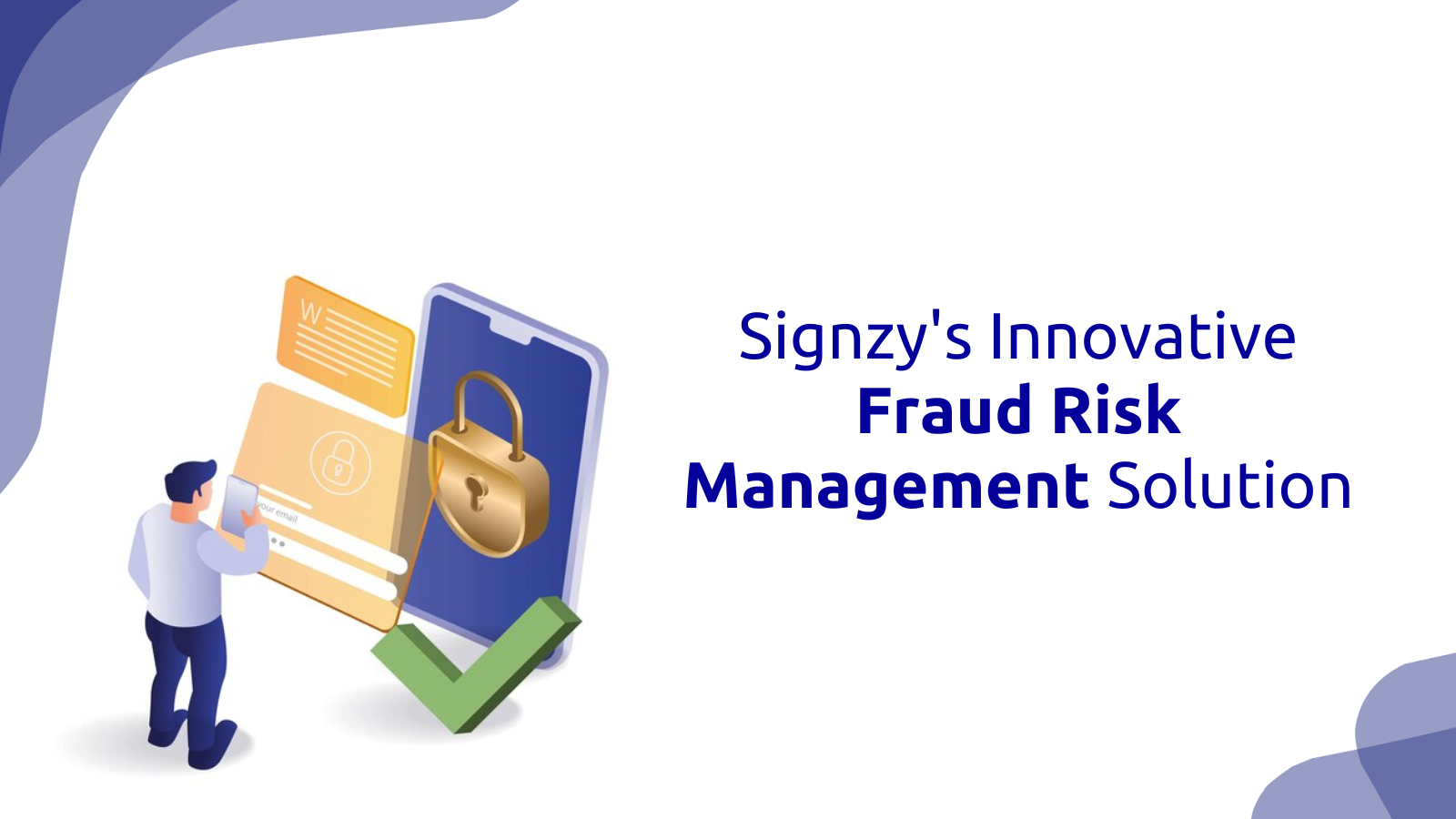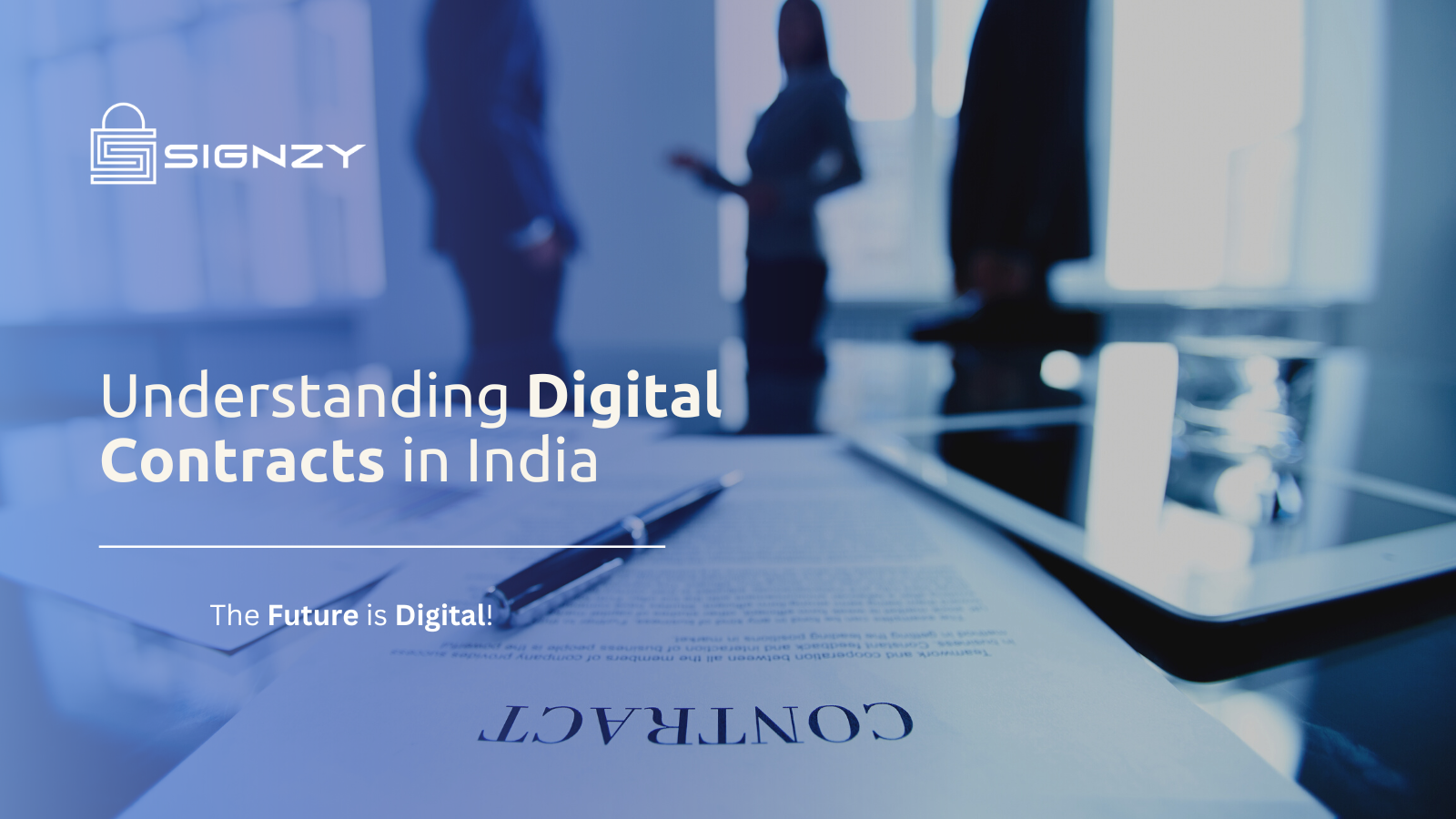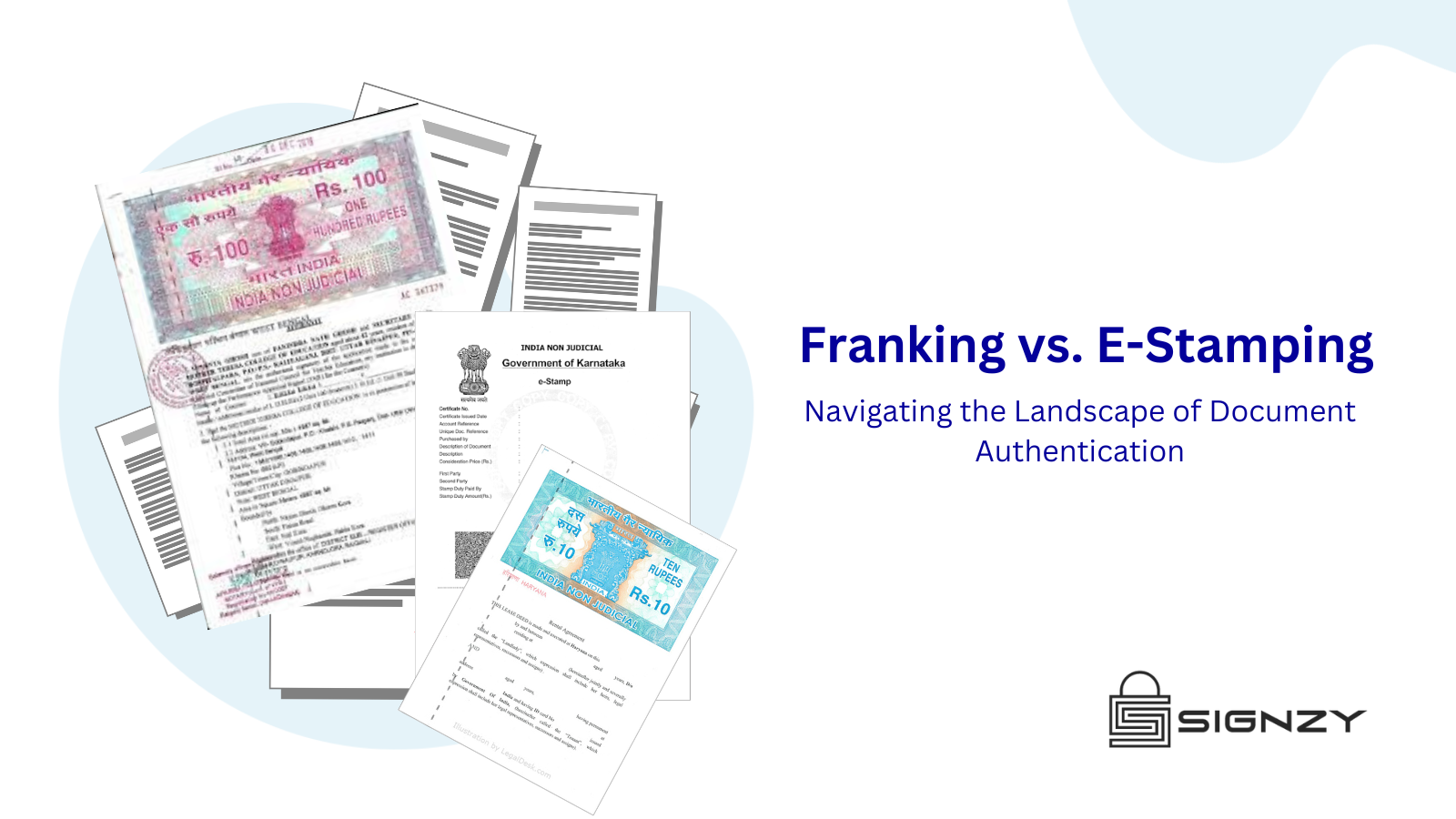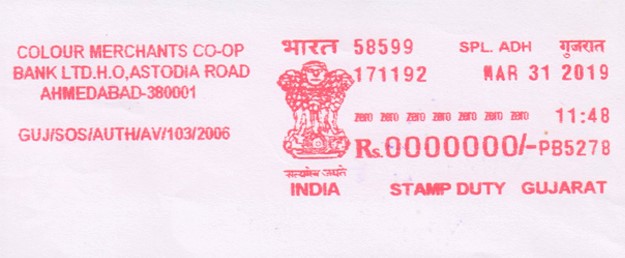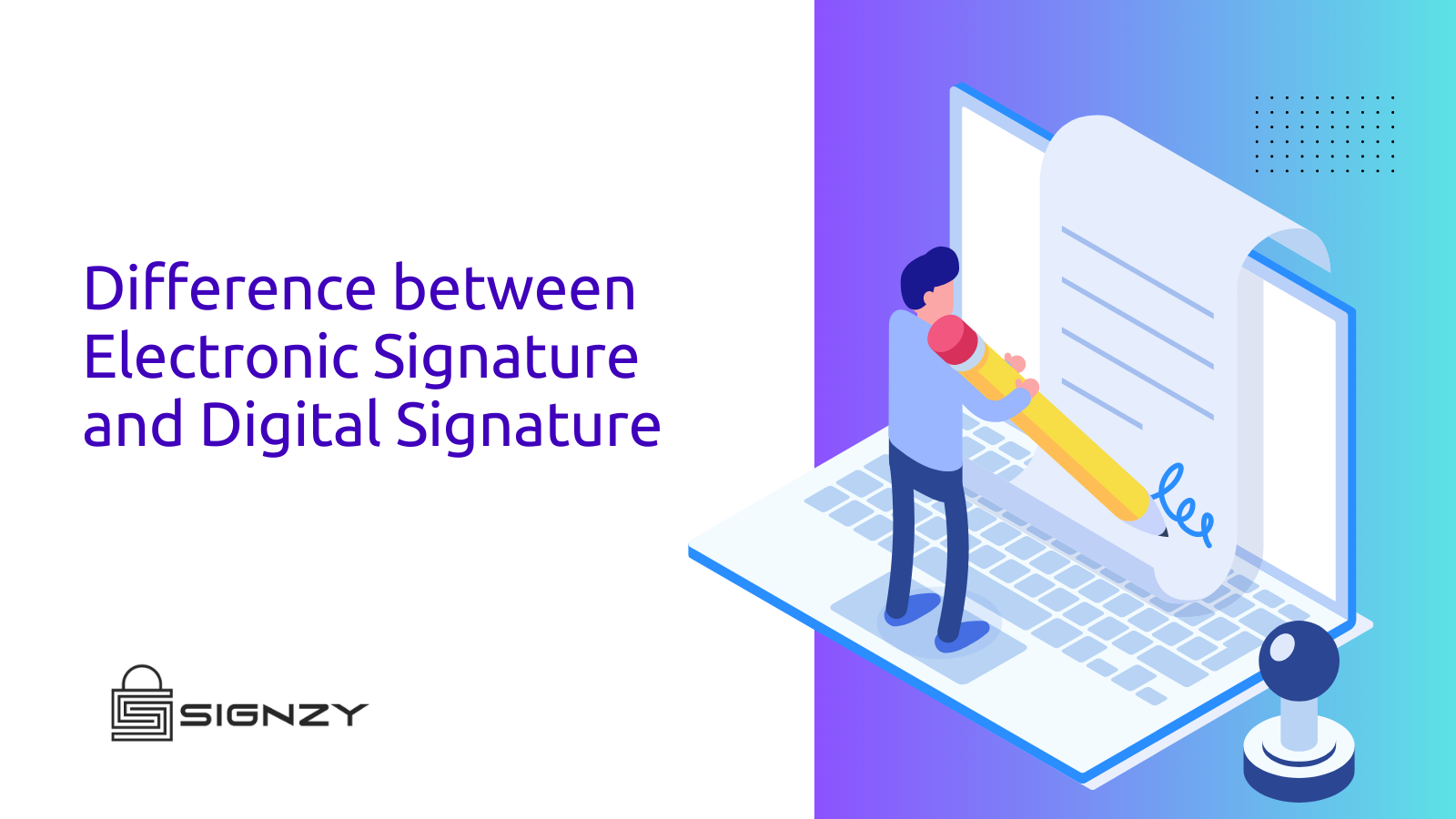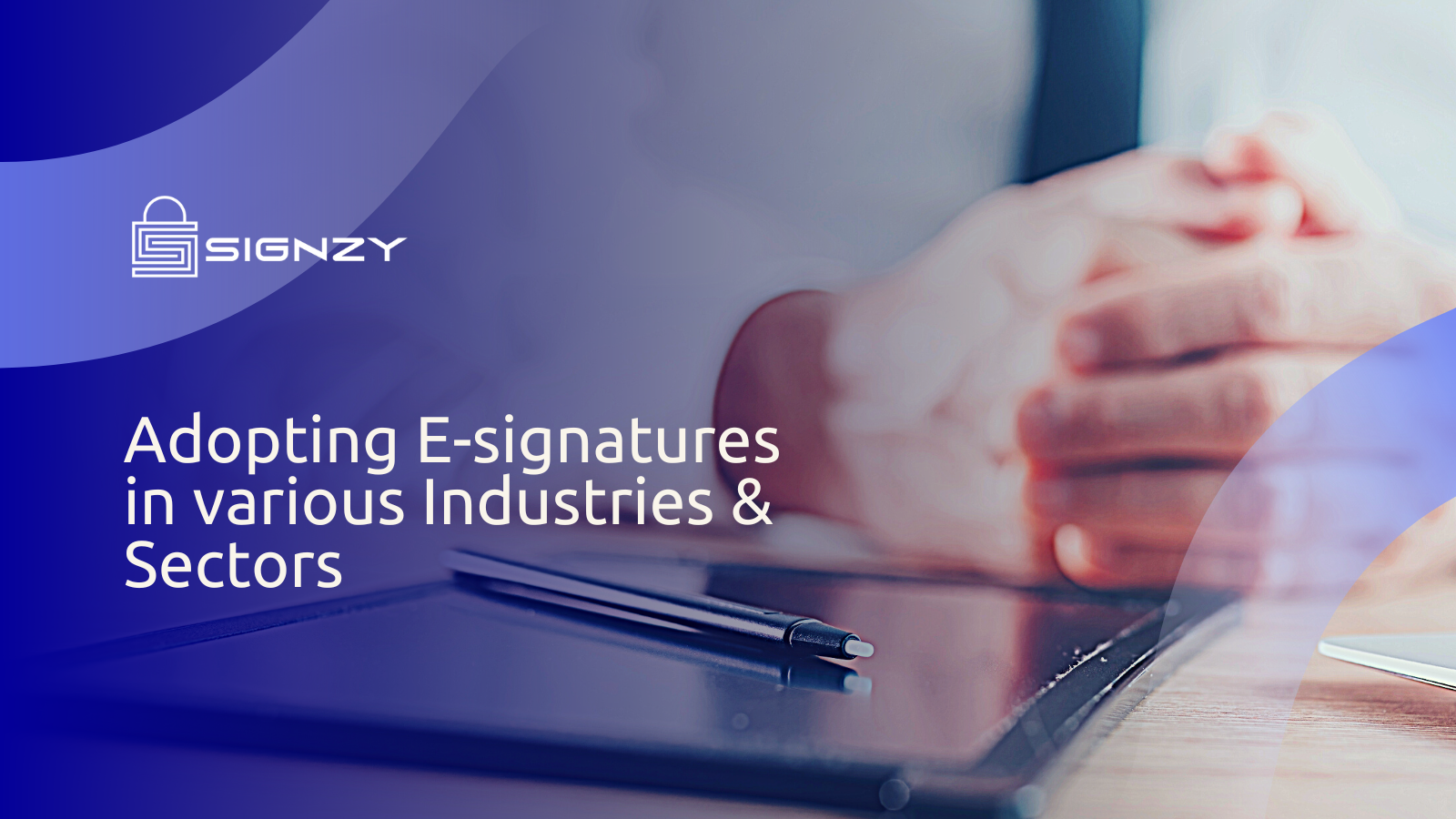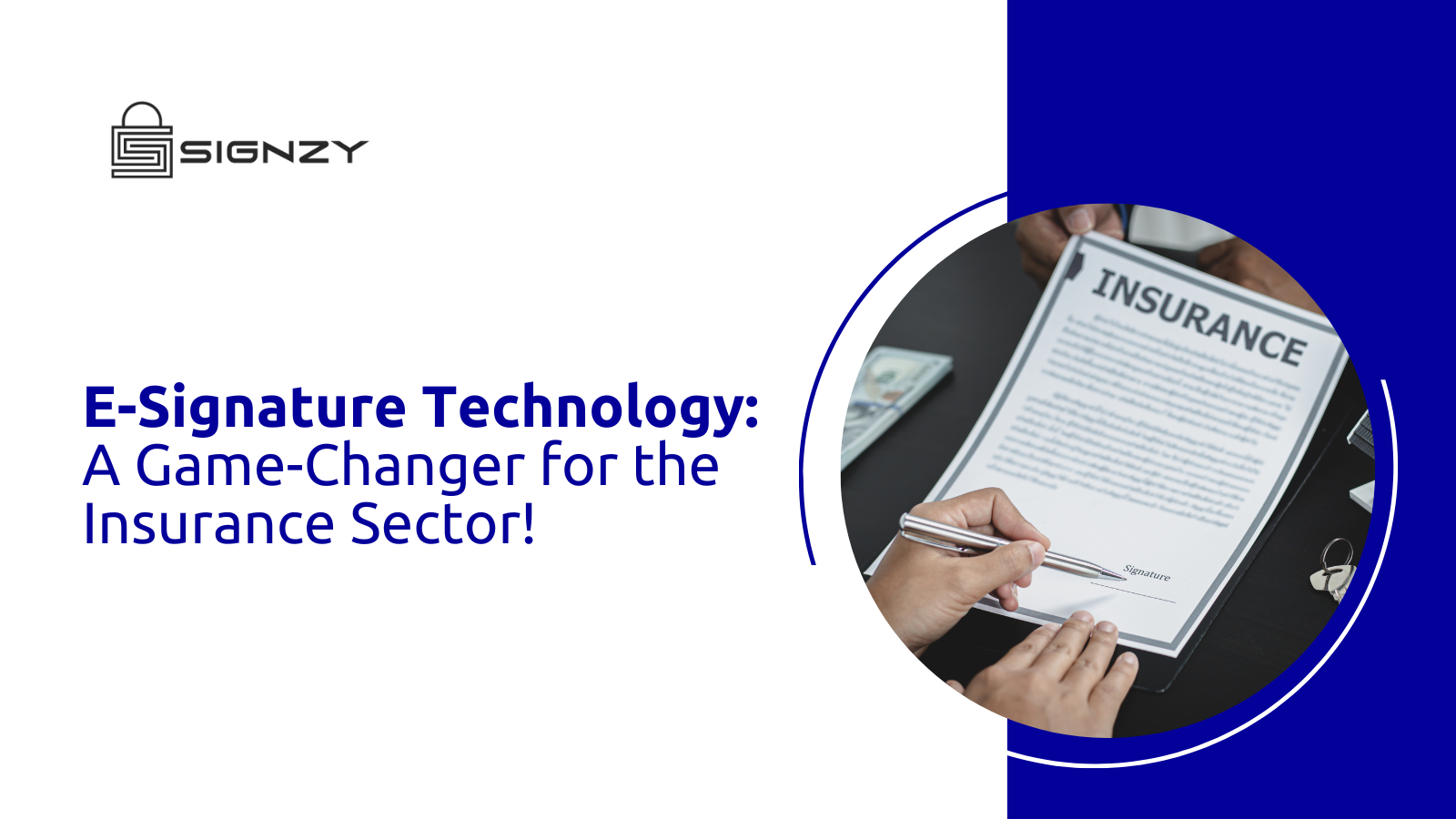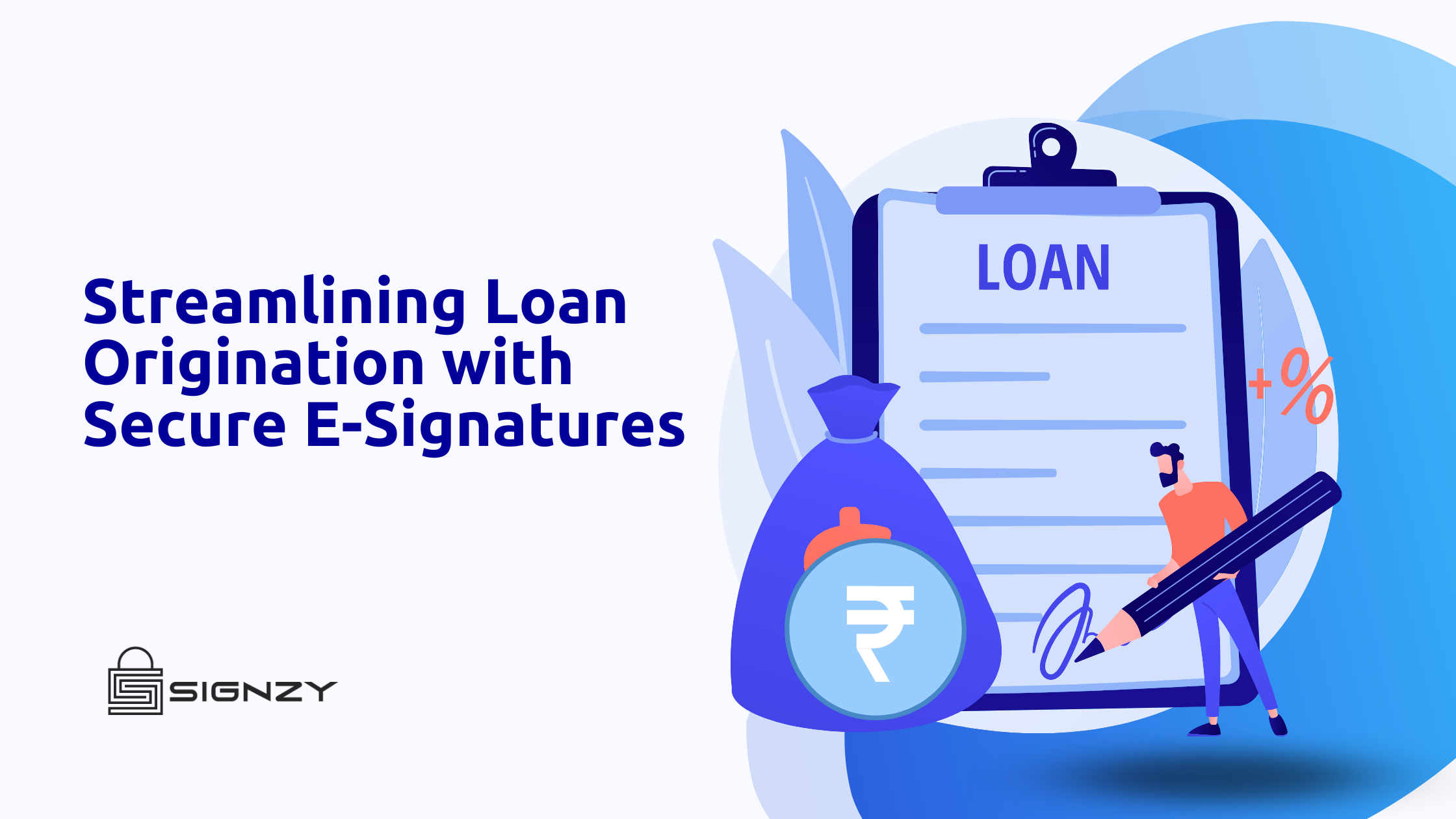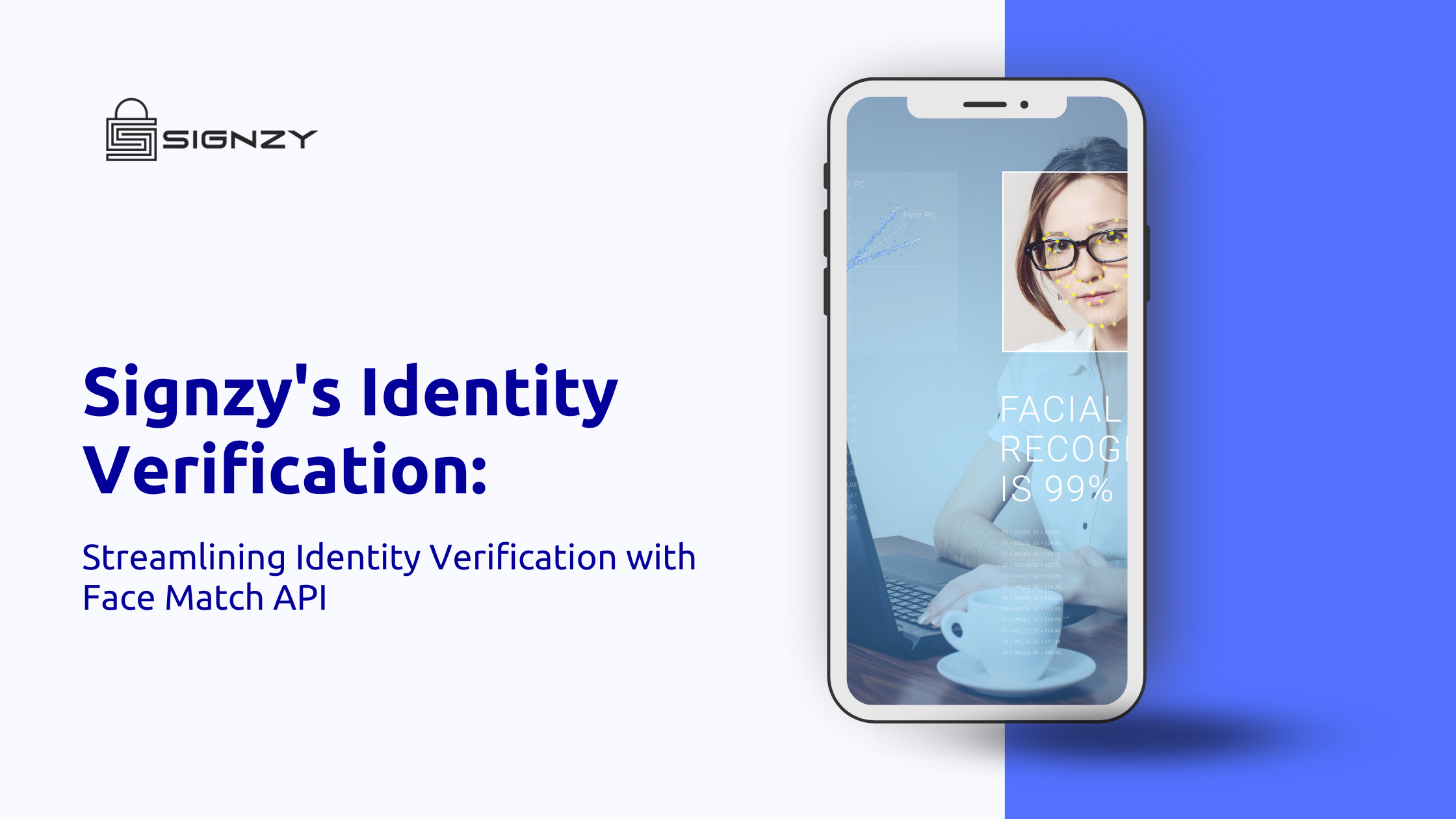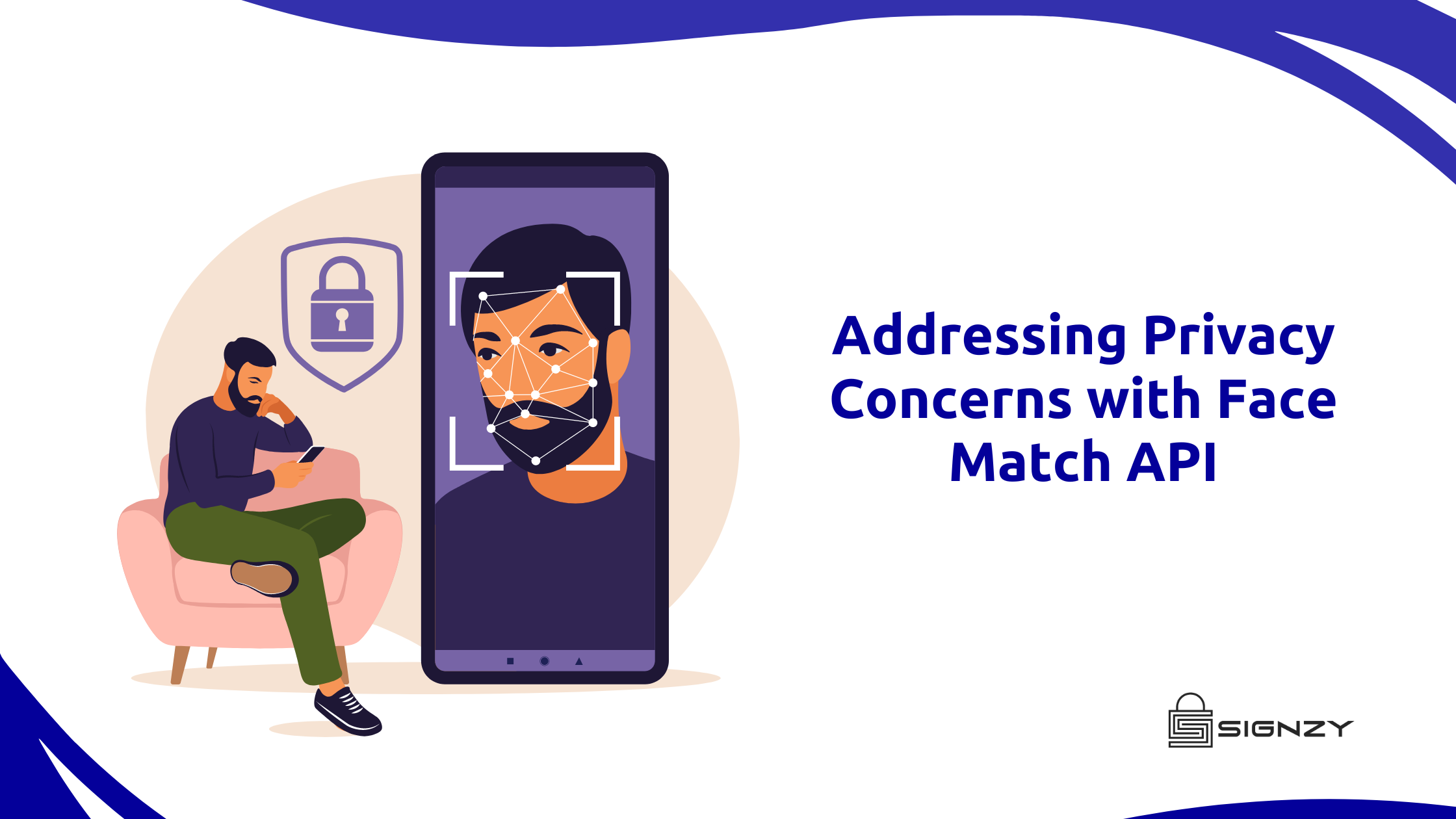In a world where the financial landscape is continually evolving, staying ahead of potential fraud risks has never been more critical. Financial institutions, UPI companies, e-commerce giants, and card issuers all grapple with the challenge of identifying and mitigating fraudulent transactions while adhering to strict compliance regulations. Enter Signzy, a pioneering company that has revolutionized the way we approach fraud risk management with its innovative and compliance-focused product.
Fraud Risk Management: Real-time Fraud Detection and Prevention
Signzy’s robust solution is engineered to monitor transactions in real-time, supports all mode of transactions, whether it’s debit card transactions, credit card purchases, netbanking, AML, UPI payments, wallet transactions, POS / PG transactions, AEPS transactions etc.This real-time monitoring ensures that fraudulent transactions are promptly addressed, mitigating the financial losses and reputational damage that can result from delayed fraud detection.
Signzy’s Core Components for Fraud Risk Management
The product consists of five core components:
- Fraud Risk Management: This forms the backbone of the system, identifying and flagging potential fraudulent transactions through advanced algorithms and real-time data analysis.
- Rule Engine: Signzy’s rule engine is highly adaptable, allowing clients to add new rules or modify existing ones according to their specific requirements. This flexibility empowers organizations to stay agile in the ever-changing landscape of financial fraud.
- Negative Due Diligence: This component is crucial for conducting thorough background checks on transactions and customers, further enhancing the accuracy of fraud detection.
- Chargeback Tool: Signzy’s chargeback tool streamlines the process of managing chargebacks, making it quicker and more efficient.
- Periodic Monitoring: Monitoring Business Entities, individuals, merchants (both offline and online) proactively by ensuring they are continuously watched to avoid potential fraud loses post onboarding.
Seamless Integration of Fraud Risk Management
One of the standout features of Signzy’s product is its ease of integration. Companies like UPI giants PhonePe, Paytm, and GPay, banks, e-commerce titans like Flipkart, Myntra, Amazon, and Nykaa, as well as card issuers such as VISA and Mastercard can all integrate Signzy’s solution using a single API within just 48 hours. In contrast, traditional methods often take around six months for banks to implement.
Moreover, Signzy’s platform allows for data feeding in simple formats, making it adaptable to the unique needs of each organization. It’s a no-code platform, which means that clients have the autonomy to blacklist or whitelist specific transactions. If there’s a noticeable trend of fraudulent transactions originating from the same location or IP address, the system can swiftly block that entire location and source, providing an extra layer of security.
AML-Sanction Screening
Signzy’s solution doesn’t stop at fraud prevention. It also incorporates Anti-Money Laundering (AML) and sanction screening processes, ensuring compliance with international financial safety standards.
Time and Cost Savings
The benefits of Signzy’s product are substantial. While traditional compliance management often takes banks 10-12 months to implement, Signzy’s solution reduces this time frame to just two weeks. Smaller companies can integrate it in as little as 3-4 days, giving them an edge in rapidly changing markets.
Signzy’s product is PCI-DSS compliant, which is essential for maintaining the highest safety standards. This compliance also allows for immediate rule additions and modifications, ensuring that your organization is always up to date with the latest security measures.
The product also includes a case management tool, enabling organizations to act and respond swiftly to any security incidents, further reducing the potential damage of fraud.
Enhanced Customer Confidence
In addition to the substantial time and cost savings, Signzy’s product also enhances customer confidence. With the ability to swiftly identify and address fraudulent activities, customers can trust that their financial transactions are secure. The real-time monitoring and instant response to potential fraud provide peace of mind, resulting in higher customer satisfaction and retention. This boost in confidence can also lead to increased transaction volumes and customer loyalty, giving businesses a competitive edge in the market.
Unparalleled Flexibility
Signzy’s solution is designed to evolve with your business. Its adaptable rule engine enables clients to not only add or modify rules but also tailor the system to meet the unique needs of their industry. This flexibility is invaluable in today’s fast-paced financial world, where new fraud tactics and trends emerge regularly. Whether it’s a UPI company, a bank, an e-commerce giant, or a card issuer, Signzy’s product empowers them to stay one step ahead of fraudsters without the constraints of rigid systems.
In a world where financial fraud is an ever-present threat, Signzy’s innovative product stands out as a beacon of security and efficiency. By combining real-time monitoring, adaptable rules, rapid integration, and robust compliance features, it not only saves time and resources but also builds customer trust and ensures organizations remain agile and adaptable in the face of evolving fraud tactics. Signzy’s commitment to redefining the future of financial security makes it an indispensable ally in the battle against fraud.
In conclusion, Signzy’s innovative fraud risk management solution is a game-changer for the financial industry, offering real-time monitoring, adaptable rule engines, seamless integration, and robust compliance features. This product not only safeguards your organization against financial fraud but also accelerates your compliance management, saving valuable time and resources. With Signzy, the future of financial security is brighter than ever.
About Signzy
Signzy is a market-leading platform redefining the speed, accuracy, and experience of how financial institutions are onboarding customers and businesses – using the digital medium. The company’s award-winning no-code GO platform delivers seamless, end-to-end, and multi-channel onboarding journeys while offering customizable workflows. In addition, it gives these players access to an aggregated marketplace of 240+ bespoke APIs, easily added to any workflow with simple widgets.
Signzy is enabling ten million+ end customer and business onboarding every month at a success rate of 99% while reducing the speed to market from 6 months to 3-4 weeks. It works with over 240+ FIs globally, including the 4 largest banks in India, a Top 3 acquiring Bank in the US, and has a robust global partnership with Mastercard and Microsoft. The company’s product team is based out of Bengaluru and has a strong presence in Mumbai, New York, and Dubai.
Visit www.signzy.com for more information about us.
Contact us directly!
